Cadillac Comes to Paris With a New EV and a Swanky Showroom
The brand returns to Europe with an all-electric lineup, a more regional approach, and a startup attitude
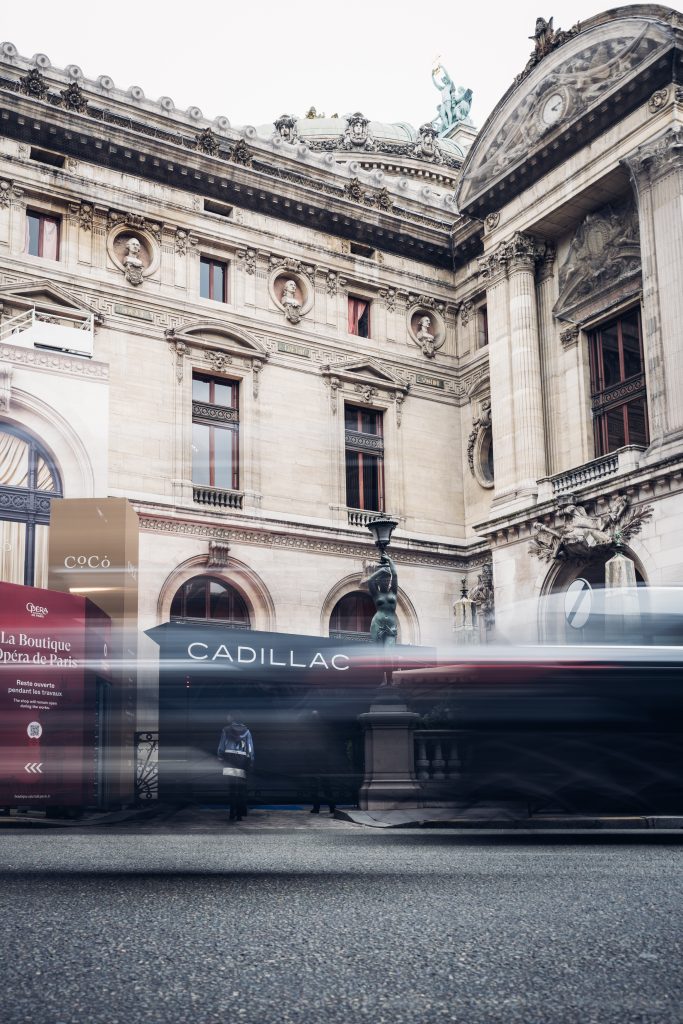
Stroll the wide boulevards of Paris’ 9th arrondissement and it’s hard to miss an oversized billboard covering a building facade near the majestic Opéra Garnier. It reads “Cadillac Est Arrivée.” This is a surprising reemergence of the historic American marque as it returns to the continent with an all-electrified lineup—just as European competitors ramp up their EV offerings, and before Chinese EVs potentially arrive en masse. Cadillac now has a presence in France, Germany, Switzerland and Sweden. The UK, and likely other countries, will follow.

Recently COOL HUNTING joined a phalanx of GM execs and Parisian people at the opening-night party for Cadillac City, the brand’s experience center. The center is housed in an 1860s building designed by architect Charles Rohault de Fleury across from the opera house. It will serve as the country’s home base for a direct-to-consumer sales model.
Cadillac also unveiled its entry-level OPTIQ, a compact SUV available later this year. It joins the midsize LYRIQ EV, already on sale. The OPTIQ, which will also be sold in the US and China, offers up an estimated 300 miles of range and a handsome, modern design and a fantastic, fashion-forward interior.

American car brands have historically struggled in Europe. General Motors sold its Opel and Vauxhall brands in 2017, and hasn’t been a major player in Europe since. By introducing Cadillac as its sole brand and offering only luxury EVs GM’s approach this time is of a more agile, less matrixed organization.
Jaclyn McQuaid, president and managing director of General Motors Europe, says, “When I was first approached for the job, the pitch was, ‘We want to do Europe differently. You’re going to have a blank sheet of paper and will effectively be running a startup.’” McQuaid and some 100 members of a growing team are based in Zurich.

Cadillac treats each country differently. “People talk about Europe as if it’s a single market. It is dramatically not a single market,” she says. It helps, McQuaid says, to be based in Europe and have a diversity of colleagues who understand the cultural differences. “The product has the breadth to address the different needs of different customers in different countries around Europe. When you look at the French customer, there’s a strong association with legacy brands—they appreciate our 120 years of history, and connections to fashion, film and music.”

“The German customer is a bit more pragmatic. They’re more focused on the specs of the vehicle; the performance attributes of the vehicle. But guess what, we shine there, too. That’s what makes Cadillac the bright brand to come with,” he says. This startup mentality turns the lack of pre-established distribution networks and dealerships to an advantage. (One commonality across cultures: Nobody likes dealerships.) McQuaid says customers often feel they’re passed from hand to hand at dealerships, an alienating experience. The staff currently delivering vehicles to customers in Switzerland are the same people who actually sold them the vehicles. “That’s an innovation as it pertains to the customer, eliminating pain points, and establishing real relationships,” McQuaid says.

None of that matters if the cars aren’t enticing. In Paris, GM executives and engineers talked extensively about developing a Europe-spec OPTIQ that differs from those offered stateside in crucial ways. “We can’t just take an American-tuned vehicle and put it in Europe,” says McQuaid, who was previously an engineer at GM.

Chassis tuning is a key difference, says the OPTIQ chief engineer, John Cockburn. “Drive around Switzerland and the twisty roads are demanding, to say the least. Our customers here want maximum grip and performance, so I gave my team permission to make the OPTIQ the best-handling vehicle in its class,” he says. “I promise you, it delivers.” As such, it gets summer tires as standard. The American version lends a cushier ride and sits on all-seasons.

As for design, both the LYRIQ feels and OPTIQ eschew the standard SUV boxiness for lower, elongated stances more akin to European-style sports wagons. Nonetheless, the LYRIQ feels overly large for Paris’s narrow streets. The more compact OPTIQ will be better suited. “To see the OPTIQ here in Paris, I feel like the car fits really well,” says lead exterior designer, Dillon Blanski. “Our studio space at GM is typically indoors—so it’s fascinating the first time you see a vehicle on the street. The OPTIQ is bold, with a lot of graphic presence.”

The OPTIQ’s interior is particularly successful, using a mix of leather and recycled materials. The overall effect feels fresh and yet somehow organic. One available leather, an eye-popping blue called Santorni, gives off an especially chic vibe.

Laetitia Lopez, the Cadillac design manager for colors, materials and finishes, was integral to the OPTIQ’s design. Lopez, who is French, says, “Before we start designing, we look at customers globally and see what they need and what they want. In Europe, the focus is beauty and also functionality—the space is not the same, the streets are smaller. In North America, the priorities are space, storage and comfort.” The importance of luxury, however, is global, she adds. “We are not looking at minimalism. We are looking at beautiful sculpted surfaces with an artistic integration of the technology. And I think this is what makes it different.”



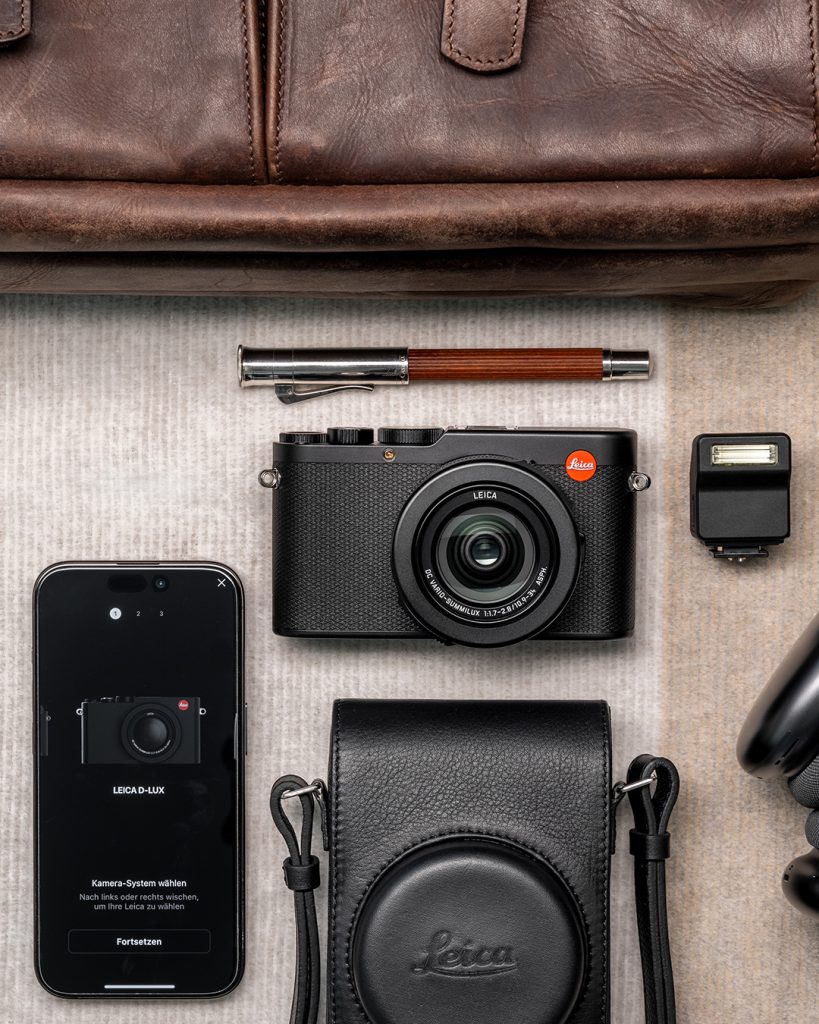
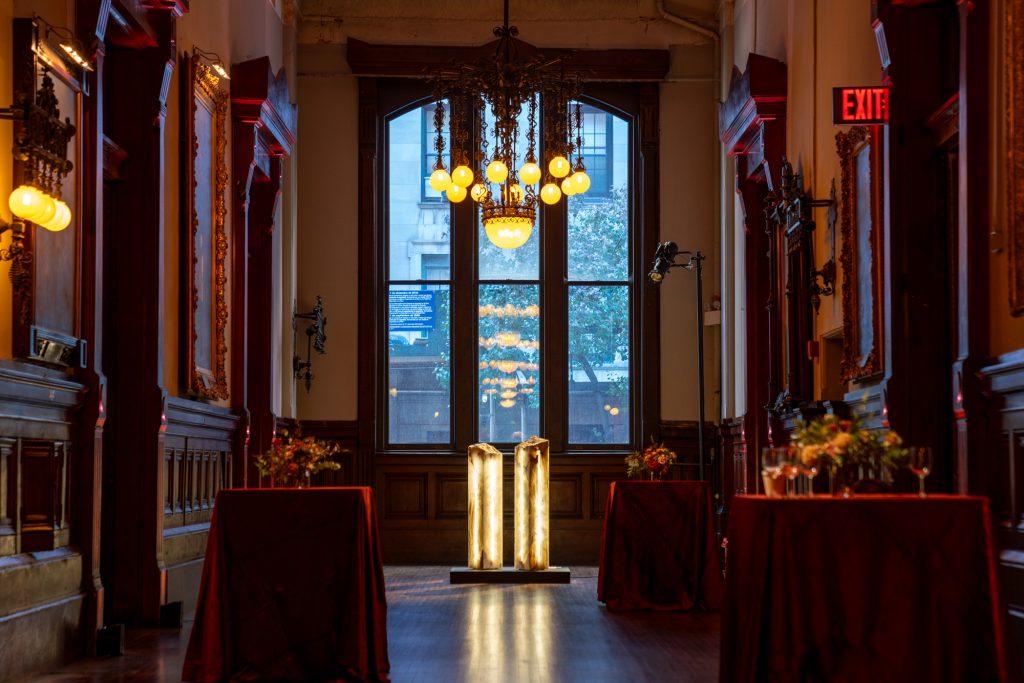




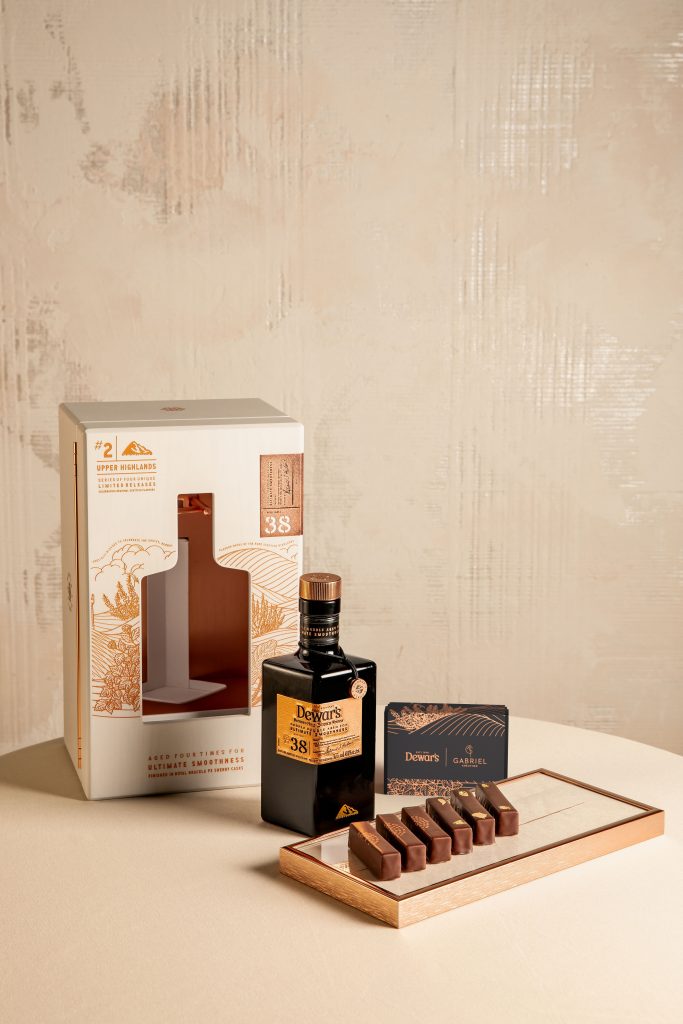
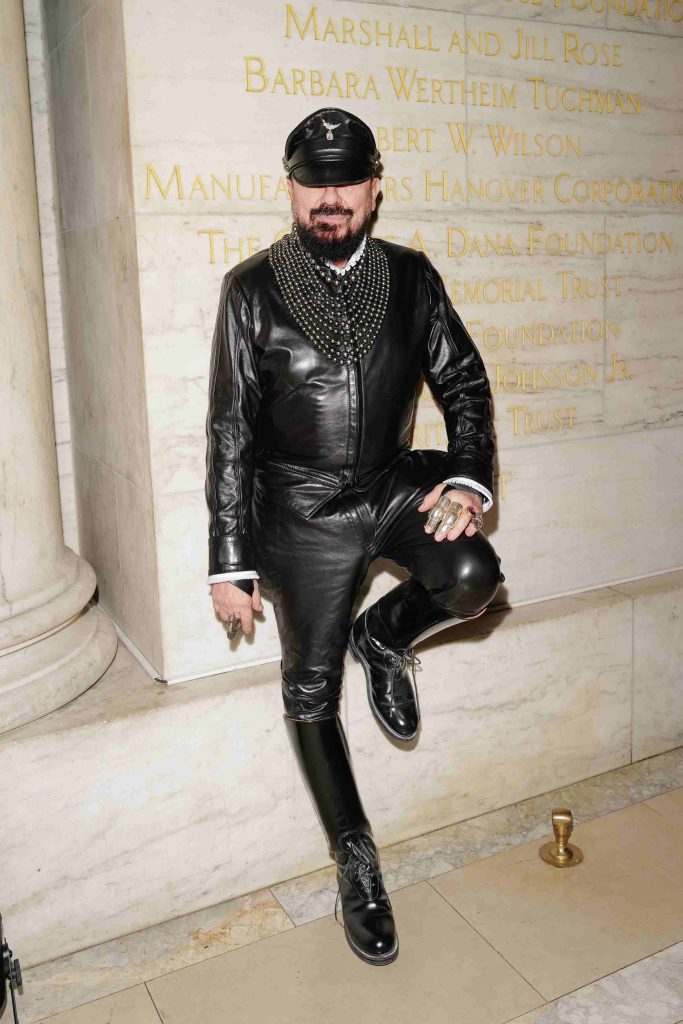


What are your thoughts?